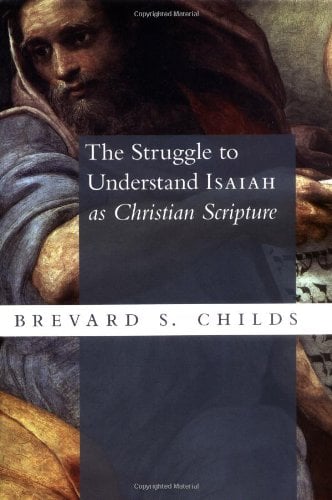A. Calmet (1672-1757) was a Catholic traditionalist, that both Protestant and Catholic exegetes lauded in the eighteenth century (including high praise from Adam Clarke who said he was the best commentator Protestant or Catholic). Calmet focuses on the literal historical meaning of the text, which he sees as the basis of all else. This doesn’t mean just a focus on words and grammar, but on the substance and meaning of the text. He sees the text as having a double sense—historical literal is one and spiritual messianic is the other and one can flow into the other and the connection is never forced or arbitrary. For instance, in his exposition of Is. 7-8 he says two children are referred to—one the child of the prophet the other the Messiah, and the two are intertwined. He admits that almah is ambiguous and does not primarily refer to virginity, it could refer to an ordinary birth, but it also could refer to something much more, as the context is filled with language of surprise and wonder. In any case, the Christian must view the passage through the eyes of faith to see the messianic meaning.
In his treatment of what happened to the Assyrian army, he rehearses the various theories about Is 37.36, it was the angel of death mentioned in Exodus, it was the Assyrians fighting with themselves, it was field mice as Herodotus suggested (Hist. 2, 141). He does not rule out any of these theories, nor does he resort to rational explanations. More interestingly is his treat of Is. 53.2, which if applied to Jesus, might suggest Jesus was not handsome. He mentions that after all Christ’s beauty was probably not an earthly one, but in the end he doesn’t try to harmonize Isaiah with assumptions about the beauty of Christ. Here was a learned man who could combine the literal and spiritual senses of the text without forcing things and with great erudition in regard to language, history, even archaeology.













